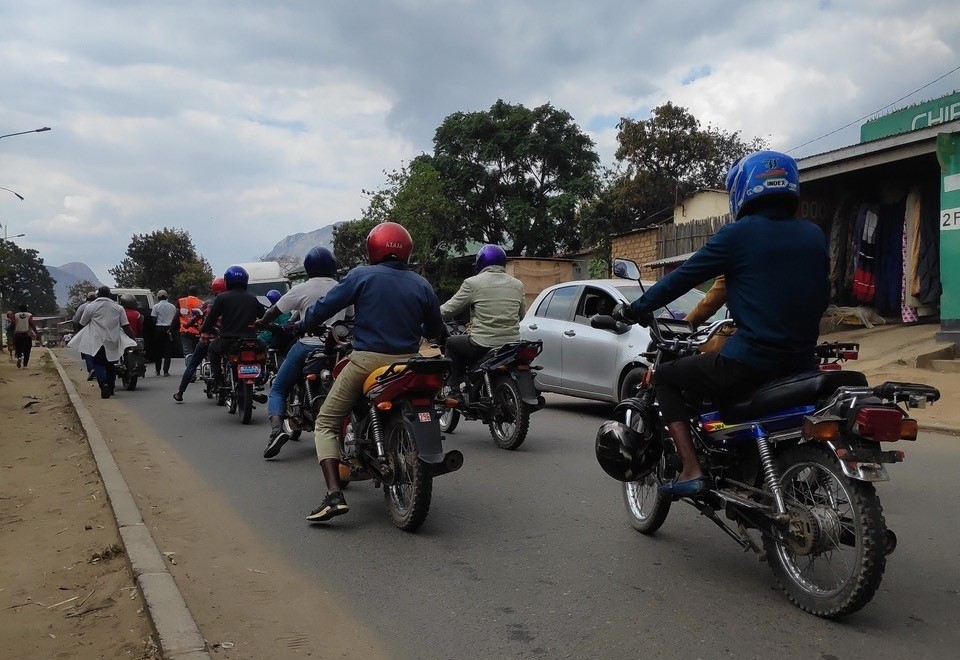Malawi is a low-income country (LIC) with a large burden of musculoskeletal impairment with different ongoing research projects in orthopaedics [1], however, little evidence exists on open fractures despite its treatment being prioritised by the Lancet Commission on Global Surgery [2].

Open tibia fractures are common following incidents with Kabazas, motorcycle taxis
Registries can be a powerful tool to enhance the quality of care for patients with fractures by systematically collecting data on injuries, treatments, and outcomes. The AO Alliance, a non-profit developmental organisation dedicated to strengthening fracture care in low-income counties, established a fracture registry in 2016 to describe the epidemiology and treatment of these fractures. Most fractures were treated non-operatively by non-physician clinical officers and open fractures were severe injuries that are associated with hospital admission and operative care [3]. The registry study did not include complications or any long-term patient outcomes. A retrospective cohort study of open fractures in a single centre in Malawi identified higher infection rates than in other low-income countries, especially for severe injuries [3]. A qualitative study suggested that patients experienced delays in receiving treatment, had long-term pain and immobility associated with financial loss [4]. This limited evidence suggests that open tibia fractures are severe injuries with higher complication rates and poor outcomes.
Patient-reported outcomes are key to understanding and improving outcomes in patient-centred healthcare systems. Two systematic reviews published in Injury showed that, firstly, patients with open tibia fractures in LICs experienced poor outcomes such as 15% amputation, 18% infection and 15% non-union but that patient-reported outcomes were unknown [5]. Secondly, initial hospital costs for patients with open tibia fractures varied according to measurement and setting and only 60% fully returned to work at one year [6]. To treat the outcomes of open fractures in high-income countries, guidelines and standards have been set to improve the treatment of these injuries [7], but are not appropriate for a setting like Malawi. Two consensus meetings were set up to gather experts in Malawi to decide 1. how open fractures should be treated [8] and 2. how to improve fracture care via an educational course [9].
TITAN (the TIbia TraumA Network) is a prospective multicentre cohort study on outcomes of open tibia fractures in Malawi and is funded by the Wellcome Trust (203919), in collaboration with AO Alliance Malawi country initiative. TITAN was established to understand patient-reported outcomes of open tibia fractures in Malawi [10]. We are very excited to announce that 1-year follow-up finished in March 2023 with high recruitment and high follow-up and the results will be published shortly.
Alexander Schade1,2 and Elizabeth Mateyu1
1Malawi-Liverpool-Wellcome Trust, Blantyre, Malawi
2 Liverpool School of Tropical Medicine, Liverpool, United Kingdom

Please Sign in (or Register) to view further.